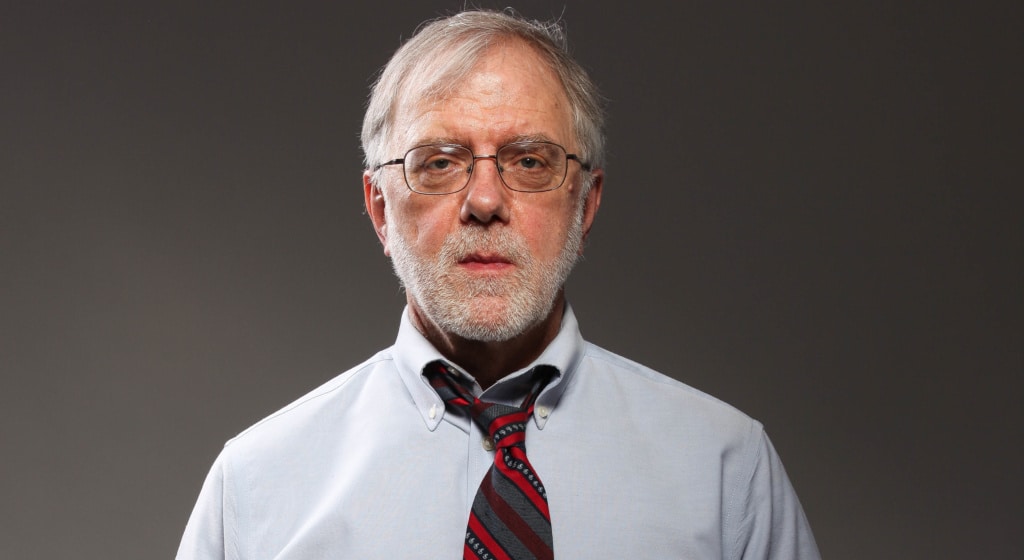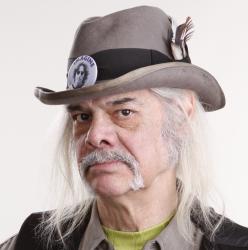Green Party mayoral candidate Howie Hawkins remembers something about each of the 22 campaigns he has run, from district councilor to governor. Since 1993, his efforts have been to raise and disseminate information about issues from economic justice to environmental reform. As his vote grew over the past decade, they have also been about winning in the local races.
This time he says calmly, “I could win this one.” Given the five-candidate general election, the 35 percent to 48 percent he has received in his last four local races, including 4th District councilor and city auditor, makes him a contender.
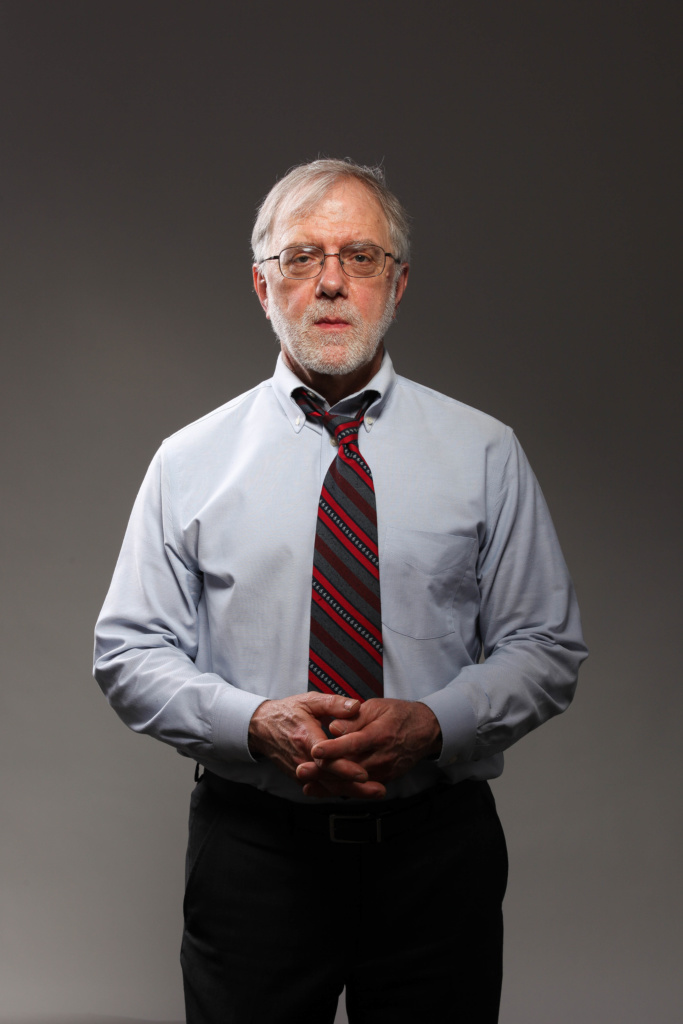
The nontraditional ballot lineup could also alter the attitudes of many voters in the past who have maintained openly that if Hawkins was a Democrat, they would vote for him. He also recalls significant numbers who tell him straight up, “I wanted to vote for you, but I voted for the Democrat to stop the Republican who I feared more.” With five viable candidates, this lesser-evil dynamic will not come into play.
Born and raised in the San Francisco Bay area, Hawkins moved to the area from New England, where he was working construction, to take a job organizing cooperatives. When the funding ran out, he went to work for UPS unloading trucks.
A founder of the national Green Party in 1984, he joined the Syracuse chapter upon his arrival in 1991. He recalls Green Party meetings at Blodgett School to discuss building repairs and educational improvement; those issues, he says, are still crying out for serious attention today.
After a decade he returned as Green Party chair, which means, he says, more work, not more power over decisions, which are typically made by the membership or the coordinating committee it elects at biannual conventions. He is active in his neighborhood as treasurer of both the Southside Community Coalition and the Eat to Live Food Cooperative.
In the opening line of his stump speech, Hawkins says,” I want to be the next mayor of Syracuse, not the last mayor of Syracuse.” He fears city bankruptcy and a state financial control board that will dissolve the city into a countywide metropolitan government. “We’ve got to find the money for fiscal sustainability,” he insists.
His top priorities include a progressive local tax on commuter and resident income, and getting the state to increase its revenue sharing to at least cover its mandates on city government. If he wins, he would make sure that city residents and minorities get their fair share of city-funded jobs in municipal departments and with contractors. He would also push for public power and broadband to lower the cost of living and doing business in the city.
What is your job description for the mayor of Syracuse?
The job starts with the candidacy. A mayoral candidate should offer the voters a strategic vision for where you want to take the city and an action plan for getting there. And then if elected, your job is to do what you said you would do.
I call my strategic vision Sustainable Syracuse. That means a sustainable prosperity that lifts up poor and working-class people and retains and attracts middle-class people and businesses.
It means fiscal sustainability. We need to increase revenues so the city doesn’t go broke and has the money it needs to make the city work. That means progressive tax reforms, such as a progressively graduated city income tax on residents and commuters. It means taking the lead in organizing a coalition of upstate cities and towns to push for increased state revenue sharing so the state at least pays for its unfunded mandates.
It means following up on the Consensus Commission’s proposed Municipal Development Fund for countywide property tax sharing. And as we get these and other progressive tax reforms, we should cut the regressive property and sales taxes that hit poor, working class, and retired people the hardest.
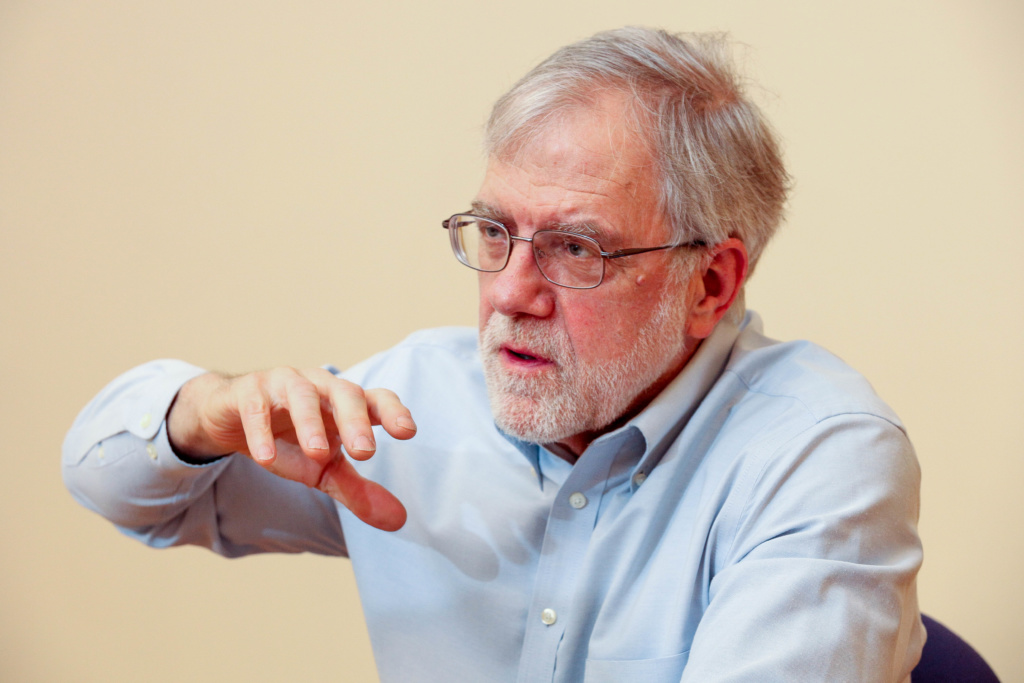
Sustainable Syracuse means economic sustainability. Economic development should prioritize community-owned enterprises, where the wealth we create is anchored to our community by democratic ownership structures. We should develop worker cooperatives where workers own their own jobs, receive the full fruits of the labor, and build their wealth instead of having the wealth they create by their labor siphoned away as profits to absentee owners.
Sustainable Syracuse also means ecological sustainability based on public infrastructure for water, sewage, transportation, heat and electricity, and broadband. Public infrastructure provides the public avenues for private commerce. It should be provided at cost by public utilities, not for profit by private rent-extracting monopolies. It should be democratic, so, for example, with a public power utility we have the power to choose a rapid transition to 100 percent affordable, renewable, clean energy.
Should we metropolitanize city and county governments?
Yes, but not the way the Consensus Commission proposed. Their consolidation governing proposal reduces the city to a special tax district to pay for our segregated schools and the retirement benefits of former city workers. The Consensus Commission’s winner-take-all electoral model will entrench a suburban and rural white majority with all the effective power. It would be a consolidation of segregation.
But precisely because metropolitan government is the only way to desegregate our community by race and class, we need metropolitan government to address school and housing segregation. It’s also how we can become economically and ecologically sustainable. Economically, because with a united community and tax base, economic development anywhere will benefit metro citizens everywhere. Ecologically, because it’s the only way to have an enforceable land use plan that can protect natural habitat and farmland and solve the interconnected problems of suburban sprawl and inner-city decay.
So I advocate a metropolitan government based on the principles of federalism and proportional representation. Federalism means the towns and the city remain and retain important local powers, such as local planning and zoning decisions within a metropolitan land use plan. Proportional representation means each party gets representation in the metropolitan legislative body in proportion to the vote they receive. Proportional representation gives the ethnic and political minorities their fair share of representation and power instead of reducing them to powerless minorities, as winner-take-all elections do. The executive offices should be elected by ranked-choice instant-runoff voting instead of the plurality-wins system we now have so that the officer elected is actually the most preferred by the voters.
Should we consolidate the city schools with those in the county?
The next mayor should be a champion for consolidating school districts. It is the only way to desegregate our schools.
Desegregation of schools by race and class is the only proven way to improve poorly performing schools and close the race and class achievement gaps. All the research and experience since the Brown v. Board of Education decision in 1954 and the Civil Rights Act in 1964 show this conclusively. And class is the key variable. If you desegregate by race but integrate only the poor of all races, all the problems of poverty that come into the schools remain.
Integration by race and class substantially improves the academic achievement of lower-income students, with the achievement gap between working-class and middle-class students nearly eliminated. To a lesser degree, integration also improves the achievement levels of middle-class students. So the affluent suburbs have nothing to fear, and gains to be had, from integration.
Adequate and equitable school funding, the quality of facilities and equipment, teacher expectations, and class size all help. The test, punish and privatize agenda leading to private charter schools is about profits, not education. Nothing has come close to improving educational outcomes for all students than desegregation by race and class. It is time to stop pretending otherwise.
Martin Luther King spoke to Syracuse in 1965 and warned that de facto segregation was growing in the North. He said it would doom generations of children to inferior segregated schools. He forecast where we have ended up. It is time to finally act to end this needless iniquity.
What should we do with Route 81?
We should tear down the elevated highway and rebuild the 15th Ward around the old community street grid as a residential and commercial neighborhood that is mixed-income, mixed-use, ecologically designed, and well-served by public transportation.
I called for this in my 2005 mayoral campaign for a Sustainable Syracuse as the alternative to tax breaks for Destiny USA. It is an opportunity to create a walkable, convenient, environmentally enjoyable, and socially equitable neighborhood in the heart of our city. It will also be a major increase in the city property tax base on prime real estate.
I like the mixed-income, mixed-use planning for the public housing neighborhood south of Adams Street that Bill Simmons at the Syracuse Housing Authority has put together. That kind of planning needs to be extended to the I-81 corridor north of Adams Street up to I-690. I would insist that people displaced by the new construction from public and other housing in the area have the first right of return and that there be sufficient affordable housing for them to do so. I would also push for the commercial development to emphasize opportunities for worker and consumer cooperatives.
Only 12 percent of I-81 traffic is through traffic. That traffic can go on 481. The 88 percent of I-81 traffic that is going into and out of the city will find the street grid is more convenient because the bottlenecks at the current on- and off-ramps at each end of the elevated section will be replaced with many more route options.
The point should be to move people, not cars. We need much better public transportation to move people more affordably and conveniently, and to reduce the enormous waste of prime city land on parking.
What needs to be developed in the center city? Who should be doing it and who should be paying for it?
Right now private developers are planning the city. The city mainly reacts to their proposals. We should turn that around. The city should be doing the planning and the developers should be bidding on doing parts of the plan.
In terms of housing development, we need inclusionary zoning so that all new housing projects have a mix of affordable and market rate units and we begin to reduce housing segregation.
In terms of commercial development, we need to bring back the old basic Main Street businesses to downtown and the neighborhood business districts: the grocery stores, clothing stores, hardware stores, variety stores, restaurants, coffee shops, insurance agents, lawyers, doctors, dentists and so forth. Those kinds of businesses were pushed out by predatory franchise operations and moved to the suburban malls that are now withering in the age of internet shopping.
I propose a municipal development bank with an entrepreneurial department and a mission of planning, advising and financing such businesses, especially cooperatives and owner-operated small businesses.
I will also seek a partnership with the city’s largest employers, the eds and meds on University Hill, to develop worker cooperatives that serve their markets. Cleveland has done this. An industrial laundry, an urban greenhouse farm, and a solar panel manufacturer and installer have been developed as worker cooperatives in the low-income African American neighborhood surrounding the Cleveland Clinic and Case Western University. University Hill next to the south and near east sides is a similar situation. Coyne Laundry is now sitting vacant on the South Side. The opportunities are there.
Syracuse has the poorest communities of color in the country. As mayor, what could you do?
Actually, we don’t have the poorest communities of color in the country. U.S. Census data will show you that there are hundreds of rural and urban census tracts with incomes that are below half of what our city’s poorest census tracts have. Go to the Black Belt South, the Chicano Southwest, the Indian reservations, and Appalachia and other white rural regions and you’ll see people even poorer than we are.
But what we do have in metropolitan Syracuse is a higher concentration of blacks and Latinos living in high-poverty census tracts than any of the other 100 largest metro regions in the United States. We also have the fifth highest concentration of whites living in those same high-poverty census tracts. Which means we have the most segregation by class as well as race of all the nation’s cities.
So we’ve got to desegregate by race and class: in schools, housing, employment and business contracting. The fastest way to get good jobs to low-income people is to help them get their fair share of city-funded jobs in city departments and with city contractors. The city needs to update and strengthen with goals and timetables the Equal Employment Opportunity Program, a city ordinance enacted in 1973.
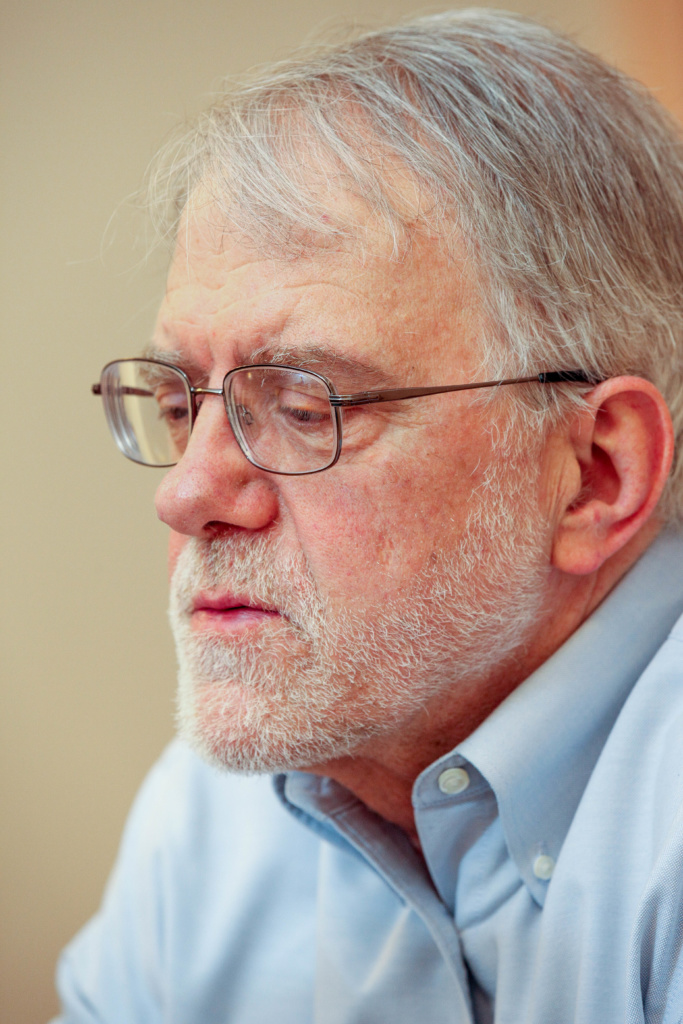
A key update to the ordinance should be a community hiring hall where city residents can go for job counseling, placement, training, and support services to help themqualify, get into, and stay in training programs and jobs. The updated ordinance should require city departments and contractors to hire qualified workers from the community hiring hall if they cannot meet minority and city resident employment goals from their own labor sources.
The long-term anti-poverty strategy should be developing community-owned businesses, particularly worker cooperatives where worker-owners can build up their wealth because the profits go to the workers as income and equity in proportion to the labor they contribute instead of to absentee owners.
The municipal development bank is designed to develop these kinds of businesses. The Syracuse Industrial Development Agency and the Syracuse Economic Development Corporation should also help. The current goals for Minority and Women Owned Business Enterprises for city contractors are 9 percent for MBEs and 6 percent for WBEs. The city should raise these goals to adjust to the actual demographics of the city. SIDA should introduce MWBE goals for projects it supports with tax breaks, grants, and bond financing. SIDA should also add goals for hiring city residents and minorities on its projects. Its current definition of local is a nine-county area. SEDCO has focused in recent years on upscale development in downtown Syracuse. It should now prioritize support for owner-operated businesses in the city’s struggling neighborhood business districts. SNT


